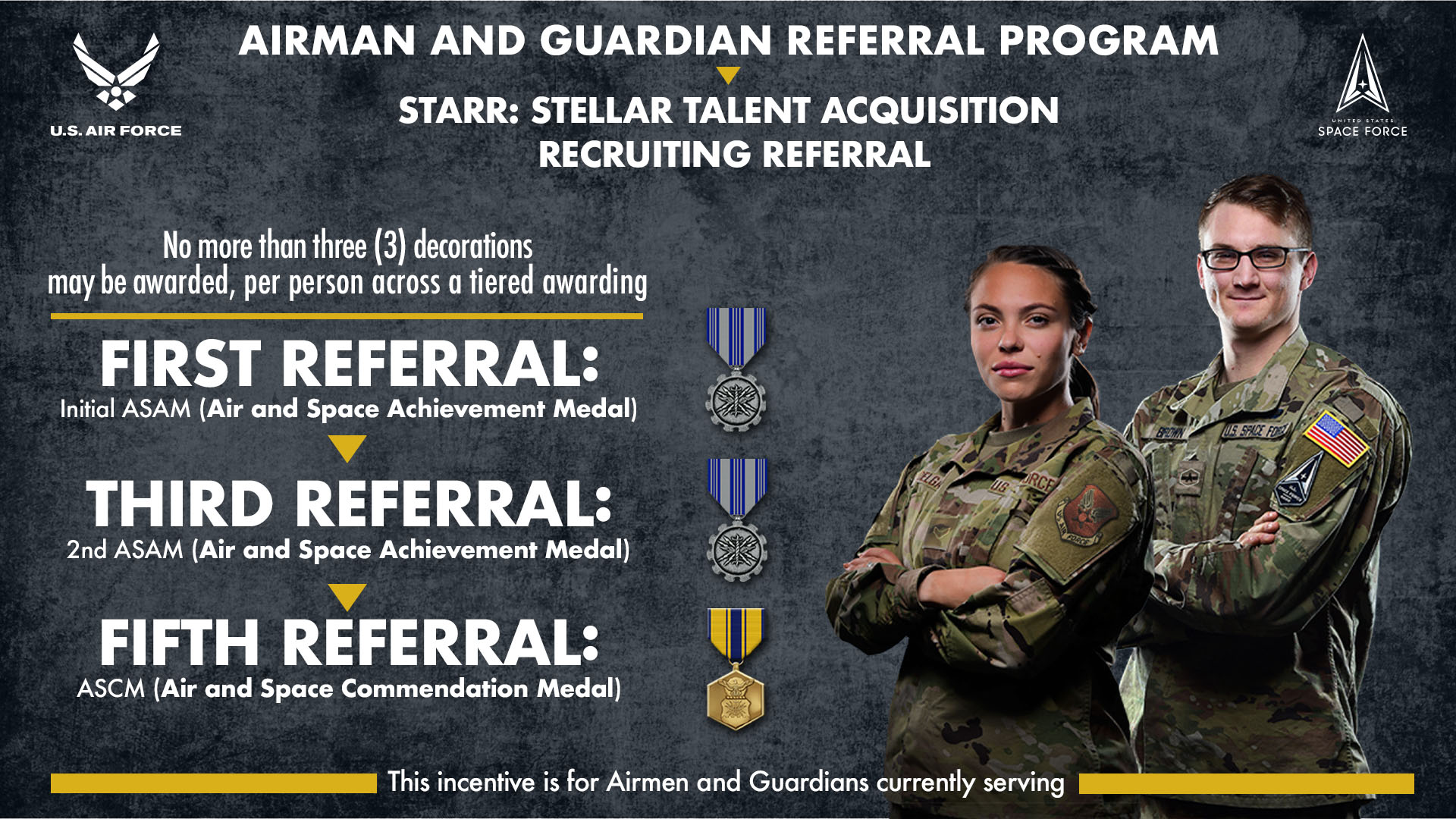US Tanks of WW2

Introduction to US Tanks of WW2

The United States played a significant role in World War 2, and its military might was a crucial factor in the Allied victory. One of the key components of the US military was its armored division, which consisted of various tanks that were designed and manufactured during the war. In this blog post, we will delve into the world of US tanks of WW2, exploring their development, design, and performance on the battlefield.
Early US Tanks

At the beginning of WW2, the US military had a limited number of tanks, and most of them were outdated and inferior to those of the German and Japanese armies. The US Army had a total of 400 tanks in 1939, with the majority being M2 light tanks and M2 medium tanks. These early tanks were designed for infantry support and were not capable of withstanding the firepower of enemy tanks. However, they paved the way for the development of more advanced tanks that would soon follow.
M3 and M5 Stuart Tanks

The M3 Stuart and M5 Stuart were two of the most widely used US tanks during the early years of WW2. The M3 Stuart was a light tank that was designed for reconnaissance and infantry support, while the M5 Stuart was an upgraded version with a more powerful engine and improved armor. Both tanks were armed with a 37mm cannon and had a top speed of around 36 mph. Although they were not as heavily armored as some of the other tanks of the time, they were reliable and easy to maintain, making them a popular choice among US tank crews.
M4 Sherman Tank

The M4 Sherman is perhaps the most iconic US tank of WW2. It was a medium tank that was designed to replace the M3 Lee and M3 Grant tanks, and it went on to become one of the most widely produced tanks of the war. The M4 Sherman was armed with a 75mm cannon and had a top speed of around 26 mph. It was also equipped with a powerful engine and a reliable transmission system, making it a favorite among US tank crews. Although it was not as heavily armored as some of the German tanks, such as the Tiger I, it was more reliable and easier to maintain, which made it a valuable asset on the battlefield.
M26 Pershing Tank

The M26 Pershing was a heavy tank that was designed to counter the German Tiger II tank. It was armed with a 90mm cannon and had a top speed of around 30 mph. The M26 Pershing was also equipped with a powerful engine and a reliable transmission system, making it a formidable opponent on the battlefield. Although it was introduced late in the war, it played a significant role in the final battles in Europe and went on to become one of the most iconic US tanks of all time.
US Tank Development and Production

The development and production of US tanks during WW2 was a complex and challenging process. The US military had to balance the need for more advanced tanks with the need for mass production and reliable supply chains. The War Department played a crucial role in overseeing the development and production of US tanks, working closely with manufacturers such as General Motors and Chrysler. The result was a range of tanks that were capable of withstanding the firepower of enemy tanks and providing reliable support to US infantry units.
Key Features of US Tanks

Some of the key features of US tanks during WW2 included: * Reliable engines: US tanks were equipped with powerful and reliable engines that provided a high level of mobility and performance on the battlefield. * Effective armament: US tanks were armed with a range of cannons and machine guns that were capable of penetrating enemy armor and providing effective firepower. * Improved armor: US tanks were equipped with improved armor that provided a high level of protection against enemy firepower. * Reliable transmission systems: US tanks were equipped with reliable transmission systems that provided a high level of mobility and performance on the battlefield.
US Tank Crews

US tank crews played a crucial role in the success of US tanks during WW2. They were responsible for operating and maintaining the tanks, as well as providing effective firepower and support to US infantry units. US tank crews were trained to work together as a team, with each member playing a vital role in the operation of the tank. They were also trained to adapt to changing circumstances on the battlefield, using their skills and experience to outmaneuver and outgun enemy tanks.
US Tank Tactics

US tank tactics during WW2 were focused on providing effective support to US infantry units and exploiting weaknesses in enemy defenses. US tank crews were trained to use their tanks to outmaneuver and outgun enemy tanks, using their speed and agility to gain a tactical advantage. They were also trained to work closely with infantry units, providing covering fire and supporting their advances.
💡 Note: US tank tactics were continually evolving during WW2, as new technologies and strategies became available.
US Tanks in Combat

US tanks saw action in a range of combat theaters during WW2, from the deserts of North Africa to the jungles of the Pacific. They played a crucial role in many key battles, including the Battle of El Alamein and the Battle of the Bulge. US tanks were also used in a range of roles, from reconnaissance and infantry support to armored assaults and breakthroughs.
Comparison of US Tanks
Here is a comparison of some of the key US tanks of WW2:| Tank | Armament | Armor | Top Speed |
|---|---|---|---|
| M3 Stuart | 37mm cannon | 44mm | 36 mph |
| M4 Sherman | 75mm cannon | 76mm | 26 mph |
| M26 Pershing | 90mm cannon | 102mm | 30 mph |

In summary, US tanks played a crucial role in the Allied victory in WW2. From the early M3 Stuart and M5 Stuart tanks to the iconic M4 Sherman and M26 Pershing tanks, US tank design and production continued to evolve throughout the war. With their reliable engines, effective armament, and improved armor, US tanks were able to provide reliable support to US infantry units and outmaneuver and outgun enemy tanks. The bravery and skill of US tank crews also played a significant role in the success of US tanks during WW2, and their legacy continues to be celebrated today.
What was the most widely used US tank of WW2?

+
The M4 Sherman was the most widely used US tank of WW2, with over 50,000 units produced.
What was the main advantage of the M26 Pershing tank?

+
The main advantage of the M26 Pershing tank was its 90mm cannon, which was capable of penetrating the armor of German Tiger II tanks.
What was the role of US tank crews during WW2?

+
US tank crews played a crucial role in the success of US tanks during WW2, operating and maintaining the tanks, as well as providing effective firepower and support to US infantry units.



